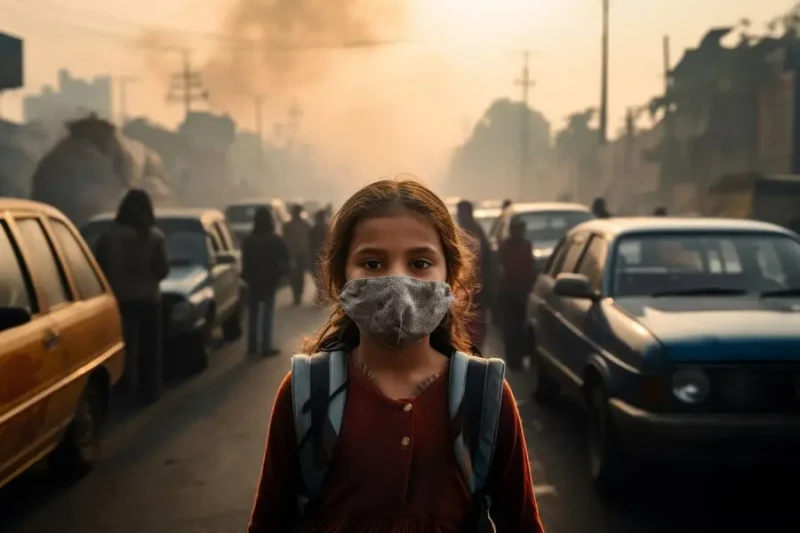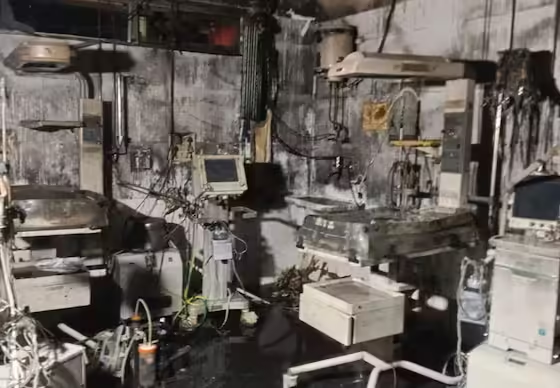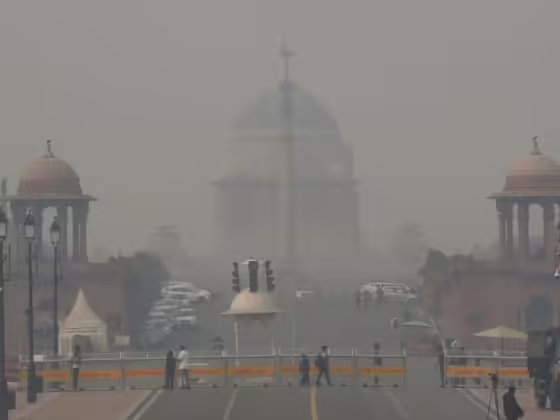New Delhi, 16 November 2024: Delhi has been facing severe air pollution challenges for years, resulting in significant health concerns for its residents. In response to this urgent issue, Chief Minister Atishi has introduced staggered working hours for government offices along with new restrictions aimed at reducing the negative impact of air quality on public health. This move is essential as it responds to the immediate need for action against air pollution, a serious concern affecting millions in the city. But what led to this decision, and how will it affect the people living in Delhi?
Why Is Air Pollution So Concerning?
Air pollution levels in Delhi have become alarmingly high, mainly due to car emissions, industrial waste, and construction work. The city often records dangerously high air quality index (AQI) levels, especially during winter when pollutants settle closer to the ground. Poor air quality can result in respiratory issues, heart diseases, and even early mortality, making it critical for the government to intervene.
Why Opt for Staggered Working Hours?
The staggered timings for government offices are designed to ease traffic congestion during rush hours. By spreading out work schedules, the government aims to reduce the number of vehicles on the streets at peak times, thus helping to cut down emissions. This initiative is vital in a city like Delhi, where traffic jams are prevalent and contribute significantly to air pollution.
Delhi Air Pollution: Why Are New Restrictions Necessary?
Alongside staggered hours, the government has implemented new restrictions on construction activities, industrial emissions, and the use of diesel generators. These measures are intended to limit the pollution sources that contribute to worsening air quality. By focusing on these specific areas, the government hopes to foster a cleaner environment for its residents.
Putting Changes into Action
The staggered working hours will ensure that different departments have varying operating times, effectively reducing the number of commuters during busy traffic periods. For example, some offices may open at 9 AM while others start at 10 AM or later. This flexibility is expected to ease the strain on public transportation and roads, creating a more sustainable commuting experience for government workers.
Delhi Air Pollution: What Are the New Restrictions?
The new restrictions include halting non-essential construction projects, heightened scrutiny on industrial emissions, and a crackdown on diesel generators, particularly in heavily polluted areas. The government is also promoting the use of electric vehicles and public transit as part of a wider strategy to combat air pollution. These actions are expected to bring immediate improvements to the city’s air quality.
Reactions to the staggered hours and new restrictions have been mixed among the public. While many support the government’s proactive measures, some worry about how feasible these changes will be, especially for those dependent on public transportation. The success of staggered timings relies on citizens’ cooperation and the effectiveness of public transport systems.
If successfully implemented, these measures could greatly enhance air quality, leading to positive effects on public health. Reduced exposure to pollutants may lower rates of respiratory ailments, promote overall well-being, and improve the quality of life for Delhi residents. The government’s focus on health is a key part of this initiative, as it directly impacts the welfare of citizens.









